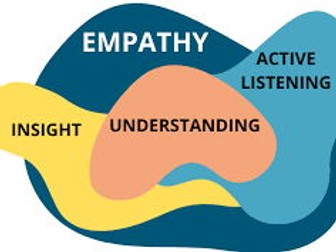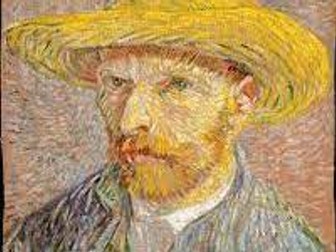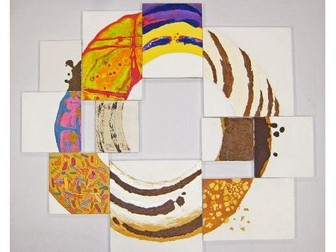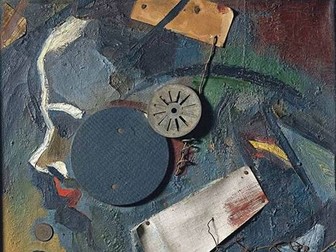Understanding Empathy
<p>This presentation has 7 learning activities ideal for think-pair-share debates that can work in varied classroom sizes. Ideal for a pastoral lesson or part of a wider PSHE program.</p>
<p>By the end of this presentation, students should:</p>
<ul>
<li>be able to describe the what empathy is</li>
<li>be able to use empathy to change behaviour and build better relationships</li>
<li>understand how simple acts of kindness to another can affect another person’s feelings or mood</li>
</ul>










